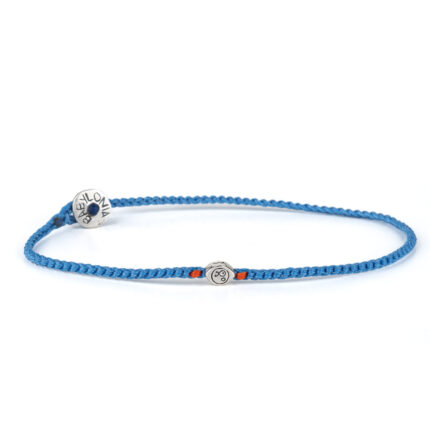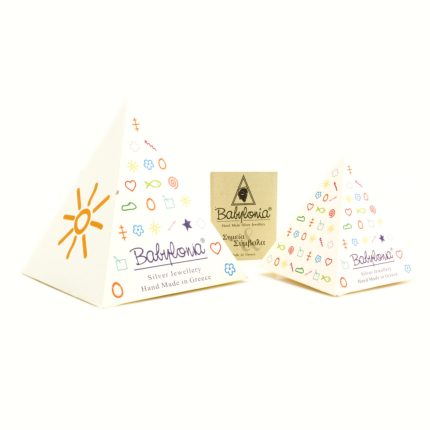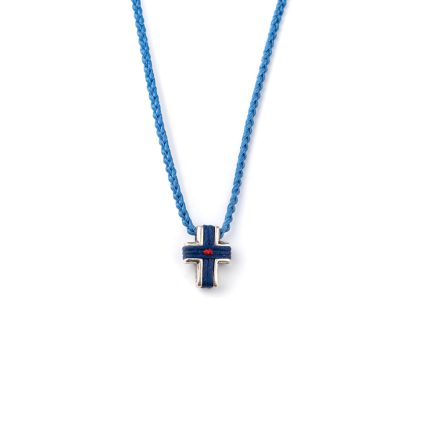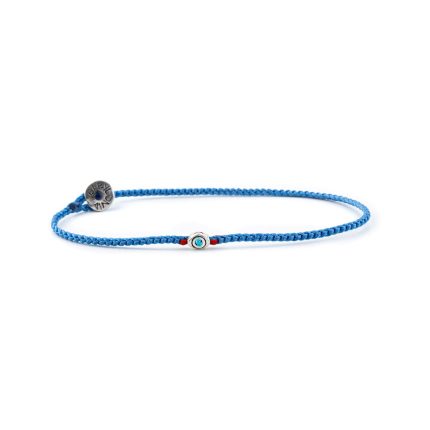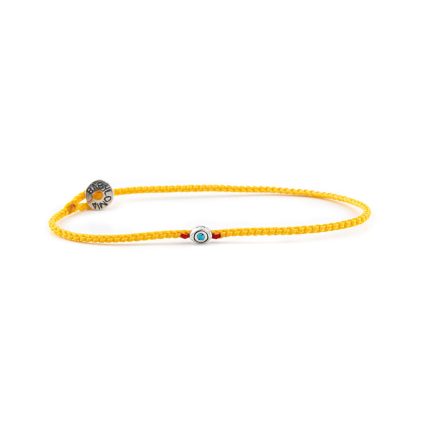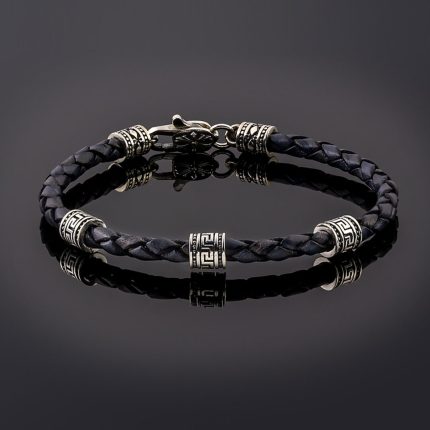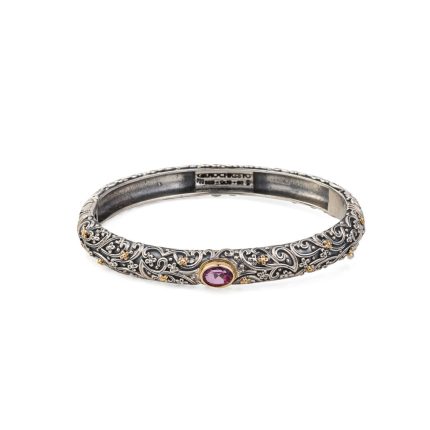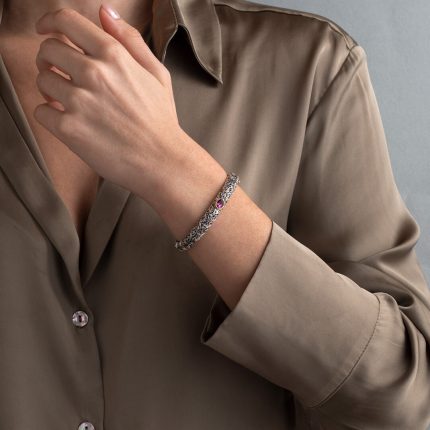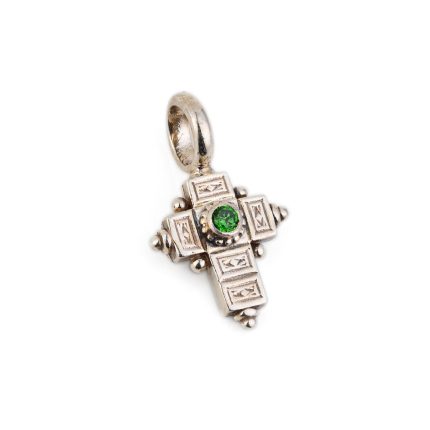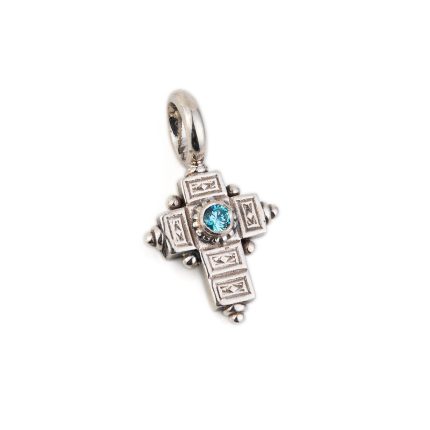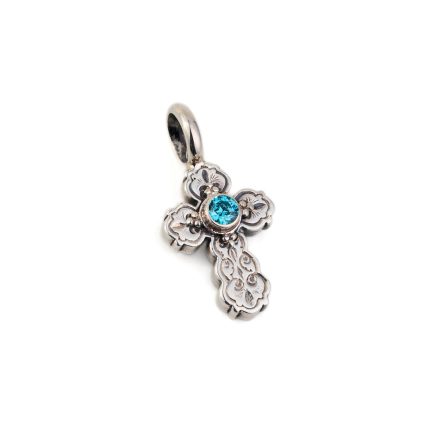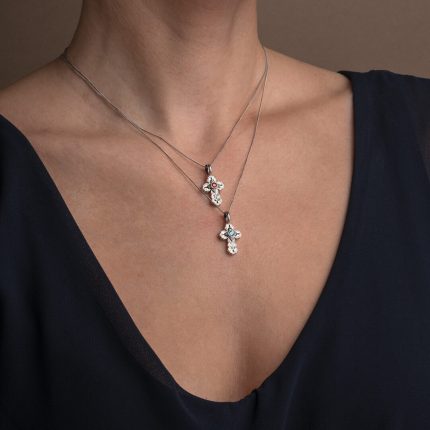Sort by
Material
- 18k gold and sterling silver (2)
- 18k gold plating (1)
- 935 silver (3)
- enamel (20)
- gold (12)
- gold plated (32)
- leather (7)
- stainless steel (3)
- sterling silver 925 (67)
Symbol
- adaptability (1)
- faith (1)
- renaissance (1)
Color
- Aqua Marine (44)
- Baby Blue (1)
- Black (197)
- Black & Green (1)
- Black & Red (3)
- Black with Black Clasp (4)
- Black with Gold Clasp (2)
- Black with Silver Clasp (3)
- Blue & Brown with Black Clasp (1)
- Blue & Brown with Gold Clasp (2)
- Blue & Brown with Silver Clasp (2)
- Blue & Grey (1)
- Blue Jean (118)
- Bordo (9)
- Brown (111)
- Brown with Black Clasp (2)
- Brown with Gold Clasp (2)
- Brown with Silver Clasp (2)
- Chocolate (4)
- Coral (13)
- Dark Brown (3)
- Dark Green (12)
- Dark Grey (136)
- Electric (15)
- Fuchsia (11)
- Gold (8)
- Green (46)
- Grey (61)
- Grey & Black (1)
- Haki (17)
- Ice (39)
- Light Brown with Black Clasp (2)
- Light Brown with Gold Clasp (2)
- Light Brown with Silver Clasp (3)
- Lilac (4)
- Mild Green (9)
- multicolor (2)
- New Blue (10)
- New Haki (46)
- Olive (2)
- Orange (1)
- Petrol (24)
- Pink (3)
- Pouro (11)
- Purple (9)
- Red (167)
- Red & Blue (2)
- Royal Blue (38)
- Rusty (44)
- Siel (13)
- Silver (6)
- Taba (9)
- Terracotta (4)
- Turquoise (78)
- Veraman (5)
- White (26)
- Yellow (38)
Filter by price
Stock status
-15%
-15%
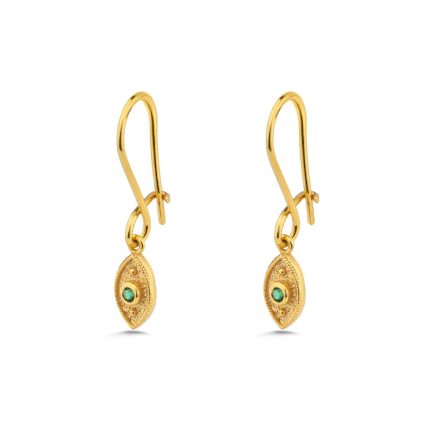
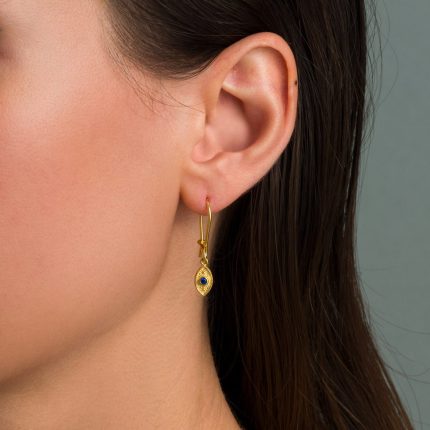
Select options
This product has multiple variants. The options may be chosen on the product page
Evil Eye Drop Earrings with Zircon
-15%
-15%
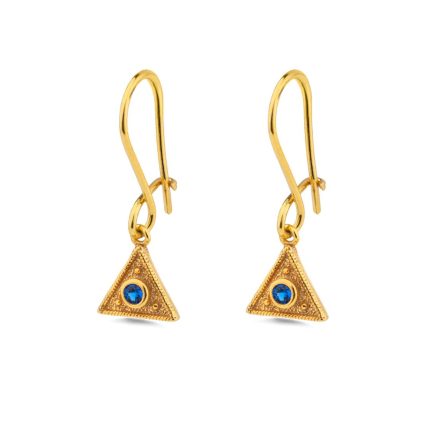
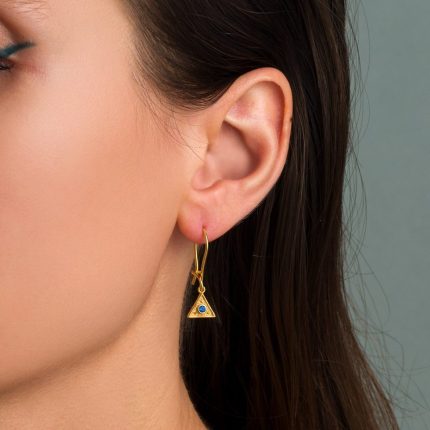
Select options
This product has multiple variants. The options may be chosen on the product page
Byzantine Triangle Drop Earrings with Zircon
-15%
-15%
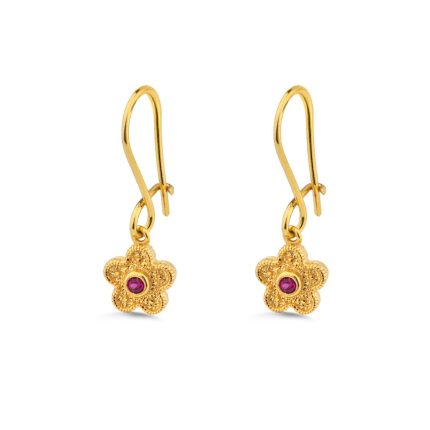
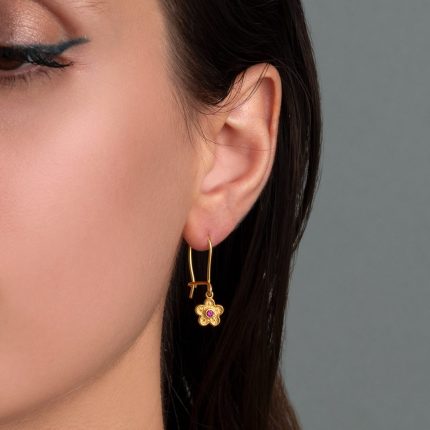
Select options
This product has multiple variants. The options may be chosen on the product page
Byzantine Flower Drop Earrings with Zircon
-15%
-15%
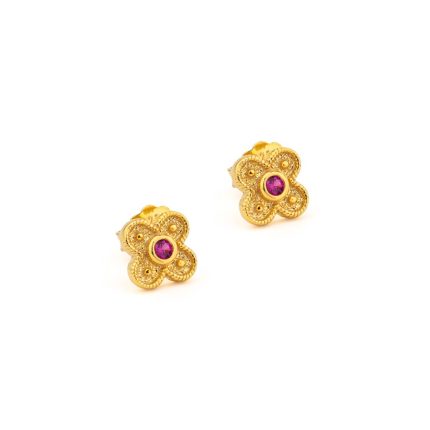
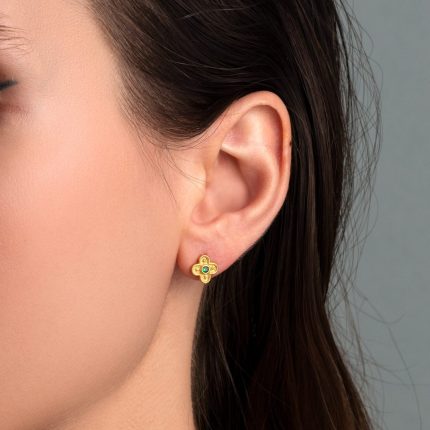
Select options
This product has multiple variants. The options may be chosen on the product page
Byzantine Mini Flower Earrings with Zircon
-15%
-15%
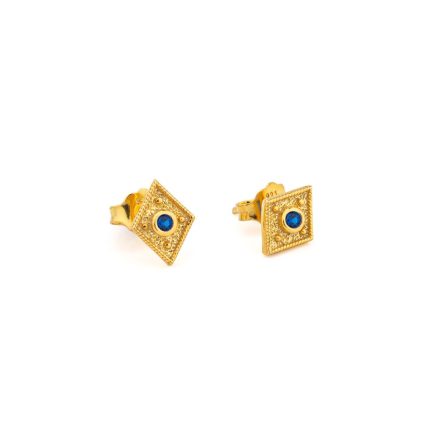
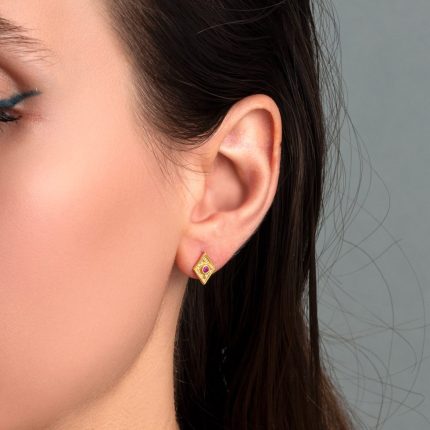
Select options
This product has multiple variants. The options may be chosen on the product page
Byzantine Mini Rhombus Earrings with Zircon
-15%
-15%
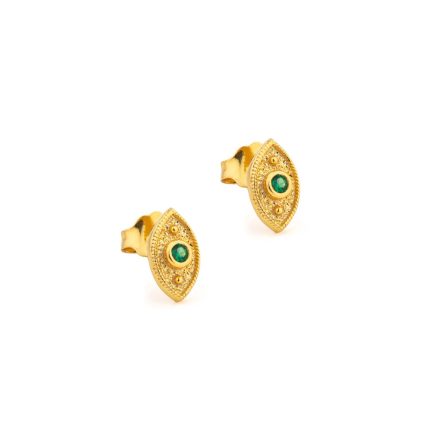
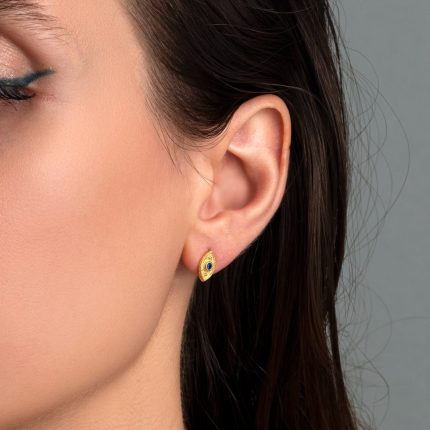
Select options
This product has multiple variants. The options may be chosen on the product page
Mini Evil Eye Stud Earrings with Zircon
-15%
-15%
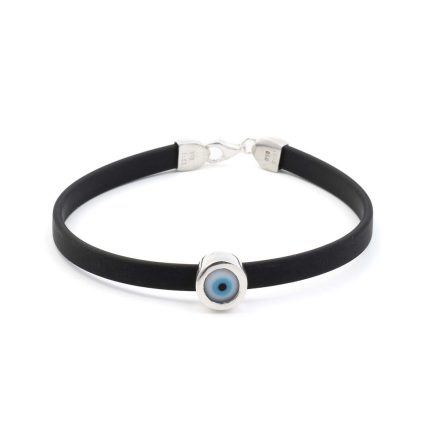
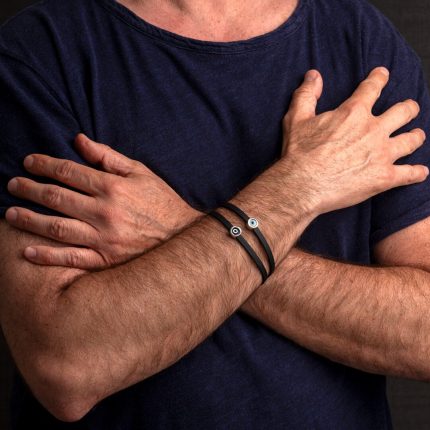
Select options
This product has multiple variants. The options may be chosen on the product page
Eye Rubber Bracelet – Sterling Silver
-15%
-15%
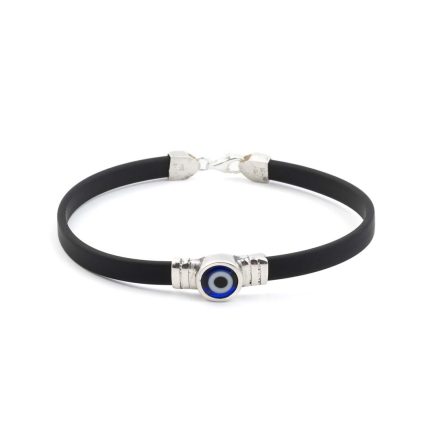

Select options
This product has multiple variants. The options may be chosen on the product page
Evil Eye Rubber Bracelet – Sterling Silver
-25%
-25%
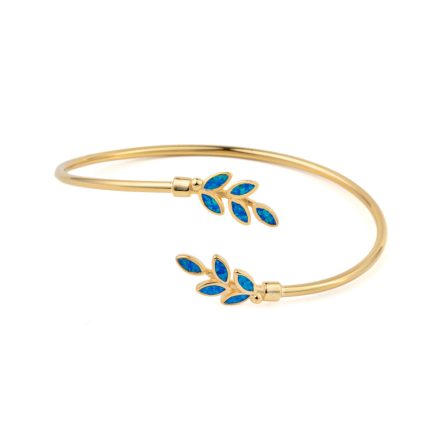
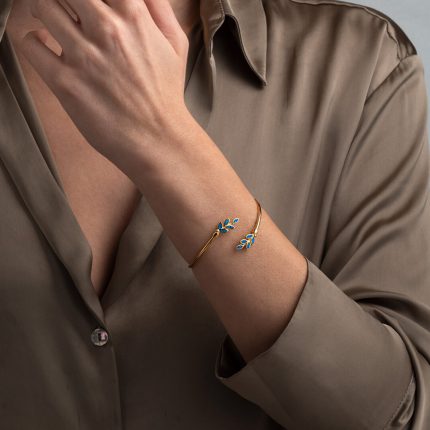
Select options
This product has multiple variants. The options may be chosen on the product page

